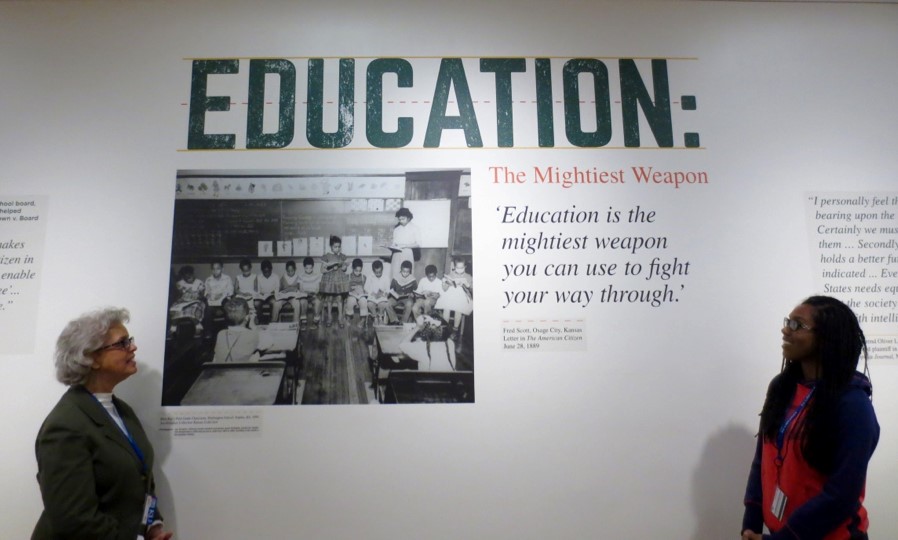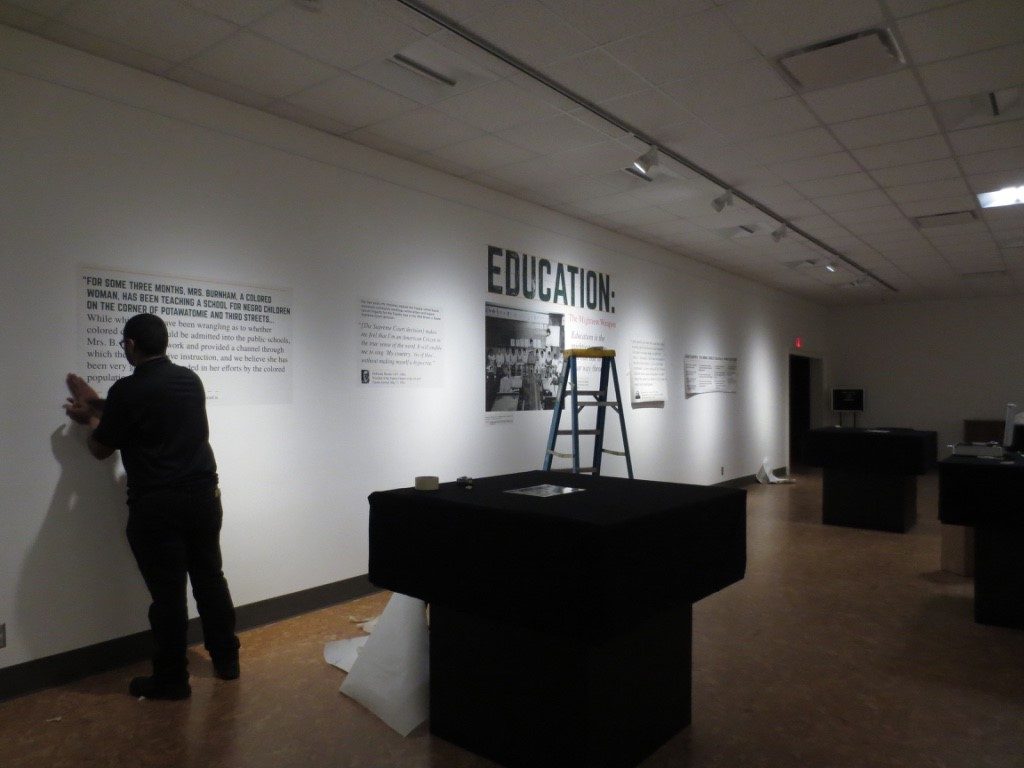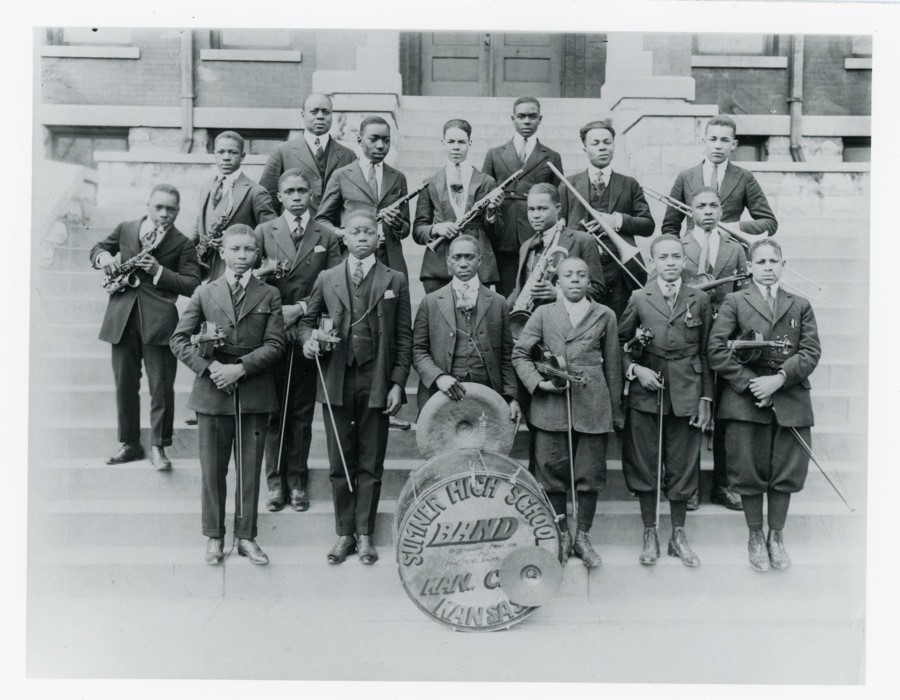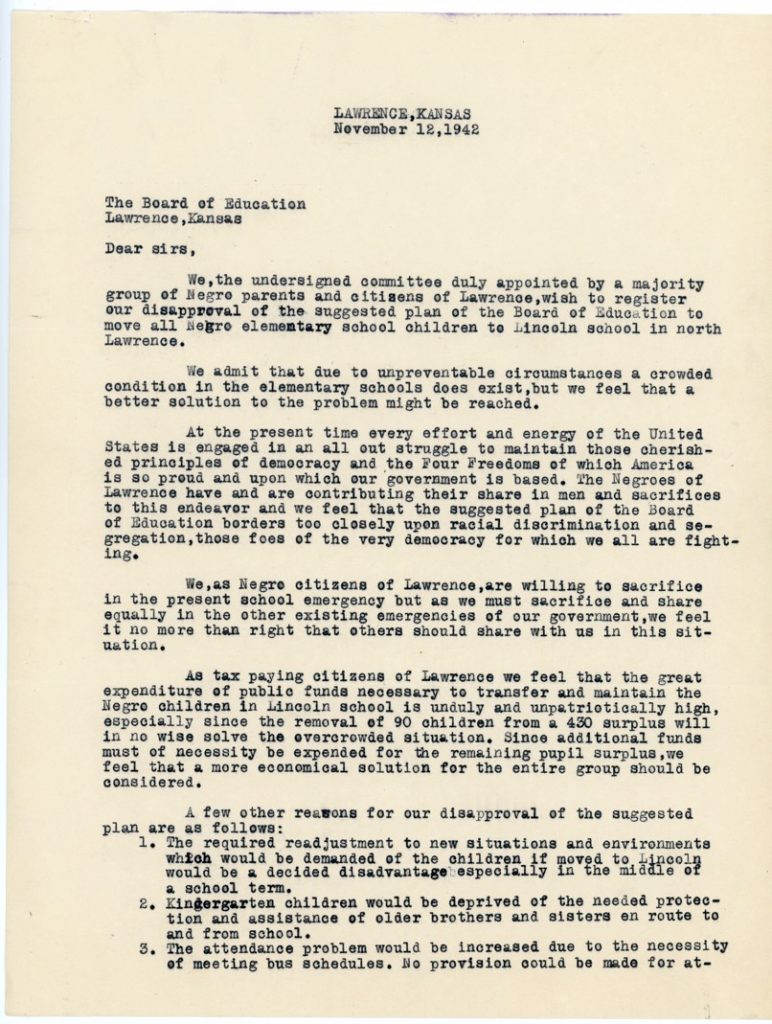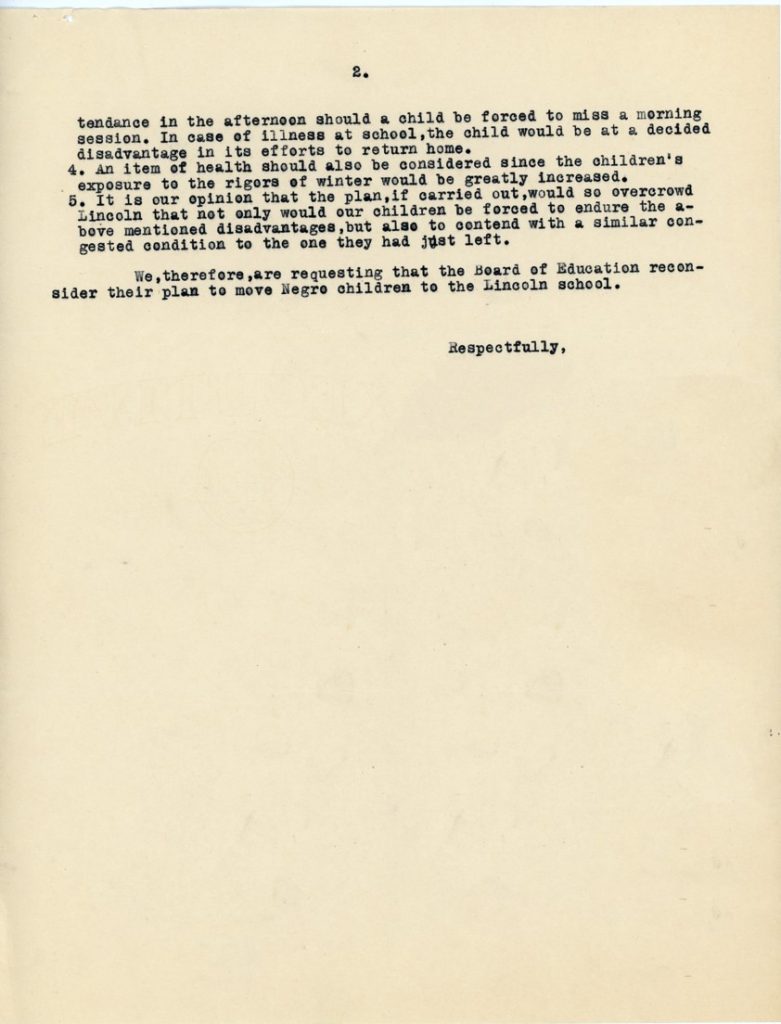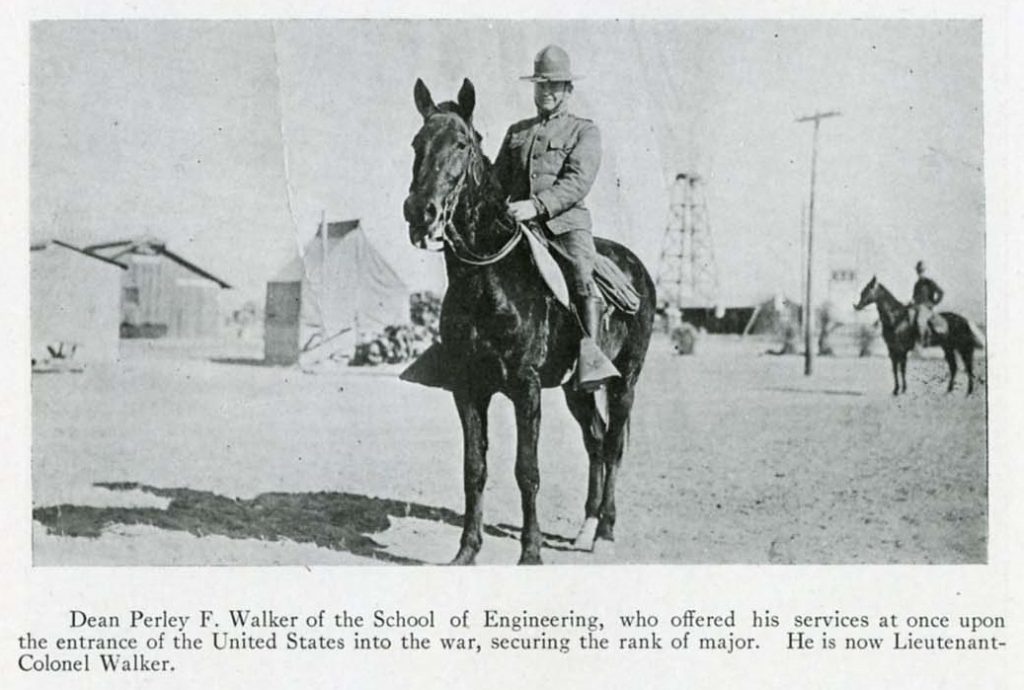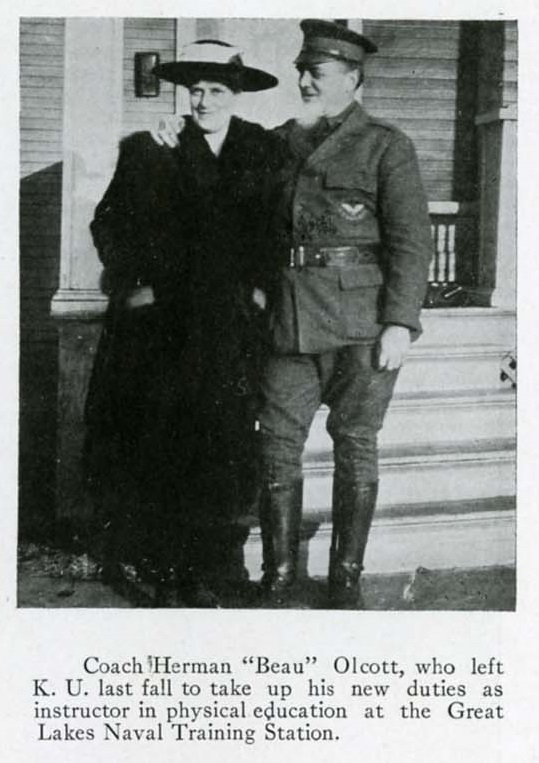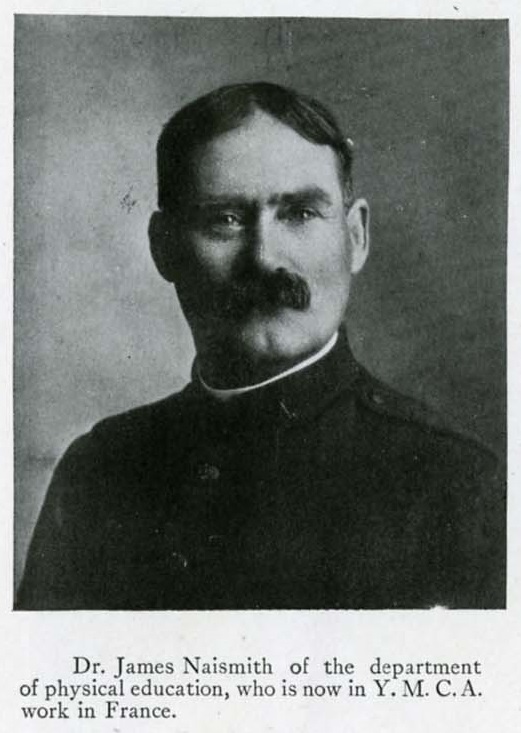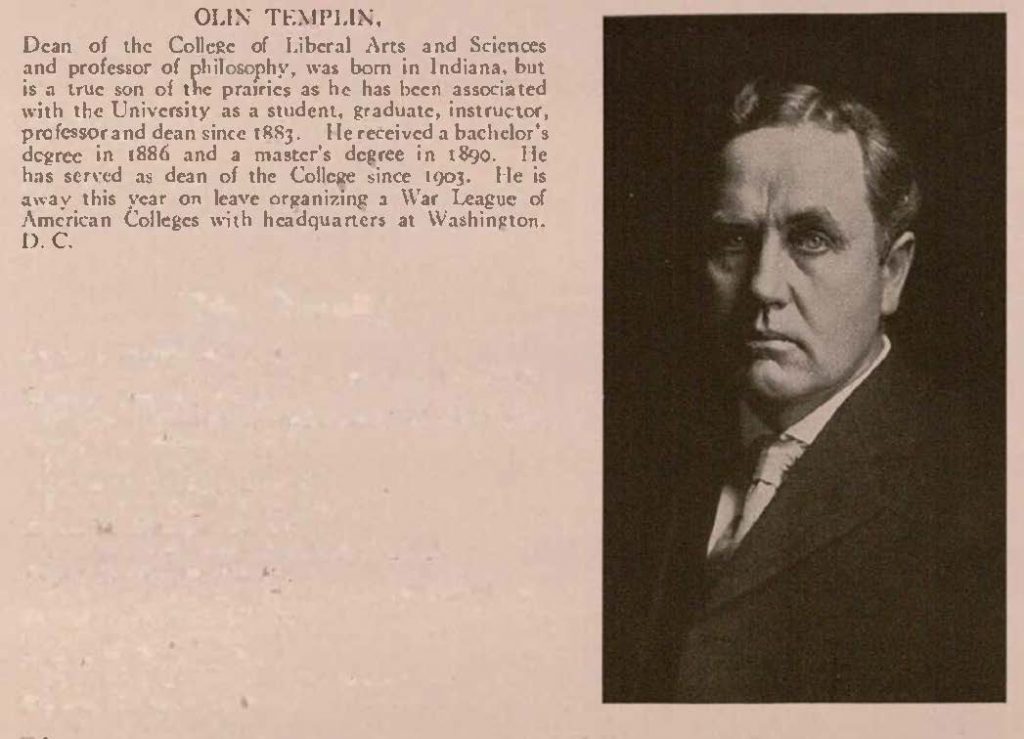Throwback Thursday: Cora Downs Edition
March 30th, 2017Each week we’ll be posting a photograph from University Archives that shows a scene from KU’s past. We’ve also scanned more than 34,500 images from KU’s University Archives and made them available online; be sure to check them out!
In honor of Women’s History Month, we, earlier this month, shared a photograph of Mary Evelyn Ransom Strong, who was active in the women’s suffrage movement. This week’s post highlights another history-making KU woman: eminent scientist and professor Cora Downs (1893-1987). In 1924, Downs became the first woman to receive a Ph.D. from the University of Kansas, in bacteriology. Through her research, Downs developed disease diagnosis techniques that revolutionized doctors’ abilities to identify and quickly combat viral and bacterial infections.
Cora Downs on graduation day, 1924.
On that day she became the first woman to
receive a Ph.D. from KU, in bacteriology.
University Archives Photos. Call Number: RG 41/ Faculty:
Downs, Cora (Photos). Click image to enlarge
(redirect to Spencer’s digital collections).
Cora Downs in a laboratory, 1956. University Archives Photos.
Call Number: RG 41/ Faculty: Downs, Cora (Photos).
Click image to enlarge (redirect to Spencer’s digital collections).
You can learn more about Cora Downs by accessing additional digitized photographs of her, an oral history interview she gave in 1984, and an article about her from KU’s Emily Taylor Center for Women and Gender Equity.
Caitlin Donnelly
Head of Public Services
Melissa Kleinschmidt and Abbey Ulrich
Public Services Student Assistants




